For the past five years, one of the hottest discussions in media has been cord cutting and the frequency with which people are cutting their traditional cable subscriptions in exchange for internet or wireless options that are cheaper, or even better, FREE. There are any number of reasons why people continue trading in the “one big price for 500 channels” model for a vastly cheaper, more customized offering and CBS just decided to add a new one.
Last weekend, in the midst of a contract dispute between CBS and AT&T, CBS went dark on DirecTV, DirecTV Now and U-Verse in some of the country’s largest markets. More than 6.6 million AT&T customers in New York, Los Angeles, Chicago, Dallas, San Francisco, Seattle, Tampa, Minneapolis, Miami, Detroit and Denver tuned in to watch “Big Brother,” “The Late Show with Stephen Colbert,” “Love Island,” “The Young & The Restless” and the newly launched “CBS Evening News with Norah O’Donnell” but all they got was a blank screen with an apology note from DirecTV.
In response, AT&T directed customers to tvpromise.att.com/cbs where they tried to explain why they are standing firm in their negotiations. According to the website:
“CBS senior executives have been boasting to Wall Street about new “all-time highs” in operating income and revenue. At the same time, CBS has hit cable and satellite TV providers and local station affiliates with $1.6 billion in fees the past year. These fees are expected to soar nearly 60 percent to $2.5 billion in the next 18 months.”







